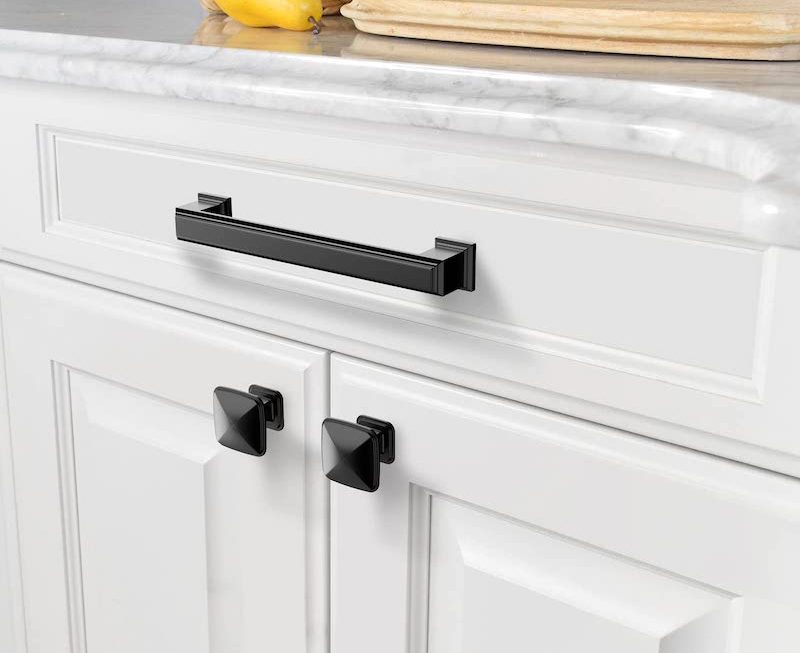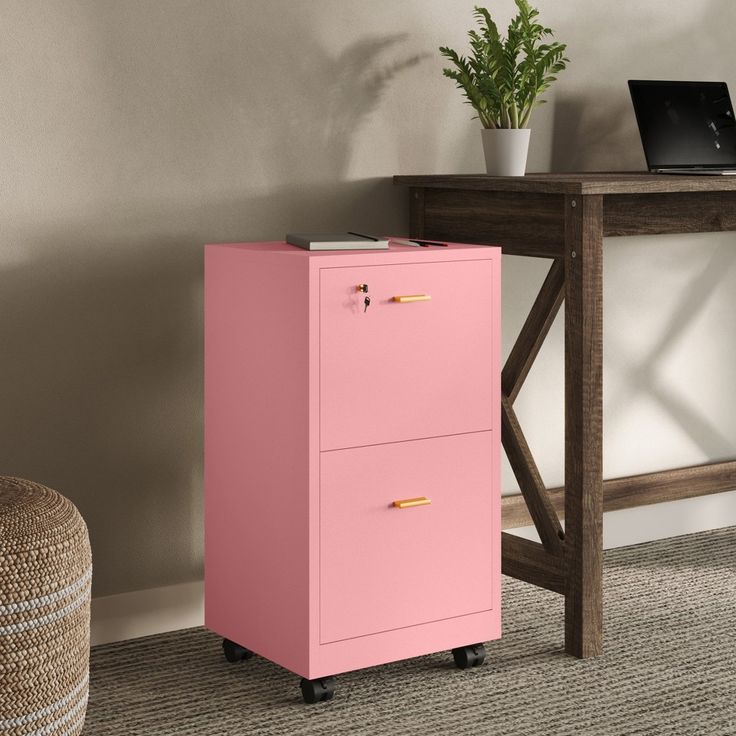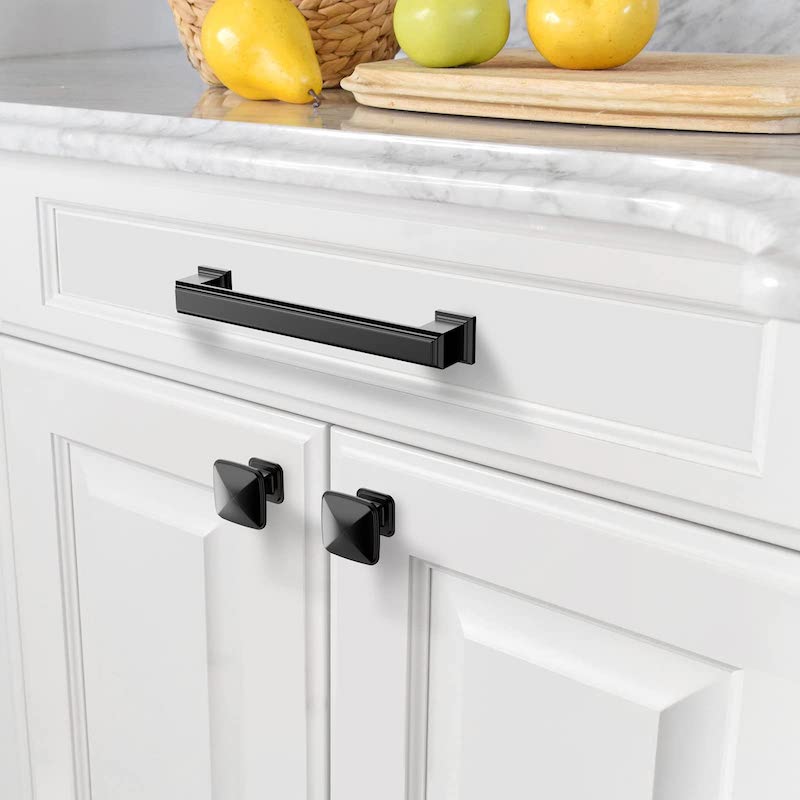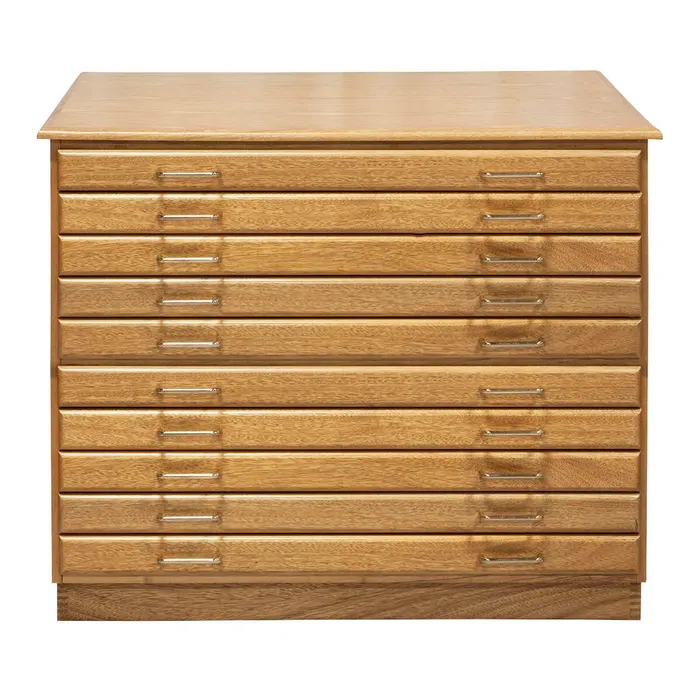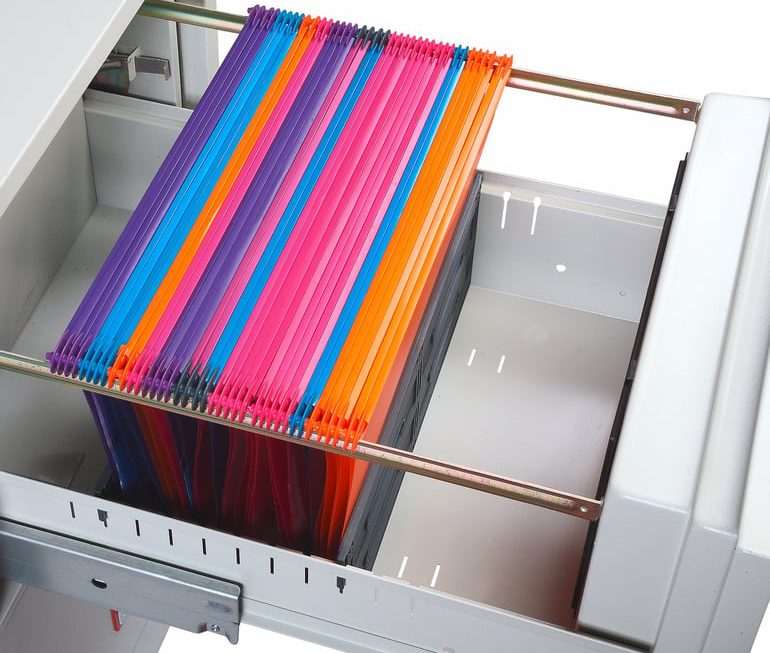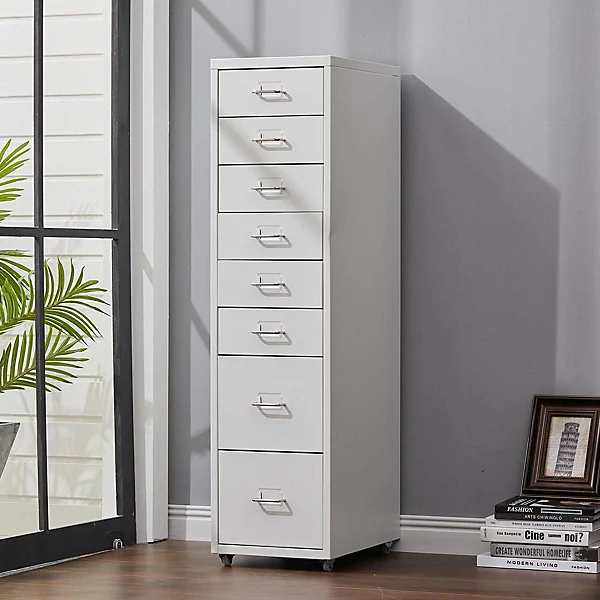Importance of a Home Filing Cabinet
In today’s fast-paced world, staying organized is key. A home filing cabinet plays a critical role in this. It is where you can store important documents safely. These documents might include bills, receipts, warranties, and personal records. Having a central place for these items saves time and stress. You will know exactly where to find what you need, when you need it.
A home filing cabinet also helps manage household paperwork. It allows for easy tracking of expenses, tax documents, and legal papers. This management is vital when filing taxes or when you need to access information quickly. Also, for families, a home filing cabinet provides a way to collate children’s records. Think of medical histories, report cards, and other vital statistics.
Moreover, home filing cabinets contribute to a cleaner home. Stacks of paper on counters or desks can lead to clutter. The right filing system keeps surfaces clear and living spaces more welcoming. It’s not just about storage. It’s about creating harmony in your home environment.
In summary, a home filing cabinet is essential. It helps in organizing, managing paperwork, reducing clutter, and saving time. With a proper filing system, you can find peace of mind knowing your important documents are in order.
Choosing the Right Filing Cabinet for Your Home
Choosing the right home filing cabinet is crucial. You need to consider size, material, and features. Here’s how you start selecting the perfect one.
First, assess the amount of space you have. Ensure the filing cabinet can fit without overcrowding the room. Next, think about what you intend to file. This will determine the cabinet size you need.
Look for durable materials that promise longevity. Metal cabinets are strong and fire-resistant. Wooden cabinets blend well with home decor but may not be as durable. Cabinets with locks are ideal for added privacy and security.
You also need to decide on the number of drawers. More drawers mean better organization but also take up more space. Drawer suspension is another consideration for smooth operation.
Lastly, reflect on style. A cabinet that looks good can contribute to a home’s ambiance. Whether modern or traditional, choose a cabinet that complements your home interior.
To recap, when selecting a home filing cabinet, consider space, size, material, privacy, drawer count, drawer suspension, and style. The right choice will serve you well for years. It will keep your documents organized and your home clutter-free.
Organizing Your Documents: Where to Start
Beginning to organize your documents might feel overwhelming. Start by gathering all the paperwork scattered around your home. Place everything in one area for sorting. With all your papers in one spot, you can better assess what you’re dealing with.
Create piles by category. For example, one pile for bills, another for tax documents, and one for personal records. Labeling the piles helps you stay organized as you sort. Discard outdated items or those you no longer need. Remember to shred any documents that contain sensitive information.
After sorting, you’ll know how much space you need in your home filing cabinet. This will also help you decide on the number of folders and dividers required for your filing system. Grab a notepad and jot down a list of categories based on your sorted piles. This list will be your guide when setting up your home filing cabinet.
Next, allocate documents to the appropriate folders. Label each folder clearly for easy identification. Place them in your filing cabinet in a way that makes sense to you. Some people prefer alphabetical order, while others like a chronological system. Choose a method that you’ll be able to maintain easily.
With everything sorted and neatly placed in your home filing cabinet, it’s much easier to locate documents when you need them. This initial step paves the way for a well-organized and efficient document management system at home.
Essential Categories for Home Document Organization
Once your home filing cabinet is in place, it’s time to set up essential categories for organizing documents. Proper categorization makes retrieving documents smoother and less time-consuming. Here are some vital categories you can use as a starting point:
- Financial Documents: Include bank statements, pay stubs, loan documents, and investment records.
- Tax Records: Keep your tax returns, W-2s, 1099s, and receipts for tax-deductible expenses together.
- Personal Identification: Store passports, social security cards, birth certificates, and ID cards.
- Home and Property: File your mortgage paperwork, lease agreements, home insurance policies, and property deeds.
- Medical Records: Have a separate section for health insurance policies, medical histories, and prescriptions.
- Legal Documents: Place your will, power of attorney, or any legal filings in a secure spot.
- Education and Employment: Organize diplomas, certificates, resumes, and employment contracts.
- Manuals and Warranties: Keep product manuals, warranties, and service records for purchases.
- Personal Correspondence: Sort personal letters, memberships, and subscriptions.
Remember to periodically review each category. Remove outdated papers and update records as needed. Use color-coded folders or labels to distinguish between categories. This visual cue can help you spot the right folder quickly. Always return documents to their rightful place to maintain order in your filing system. By establishing these categories, you’ll have a solid foundation for document organization within your home filing cabinet.
Privacy and Security: Protecting Your Sensitive Information
When it comes to your home filing cabinet, privacy and security are paramount. Your cabinet might hold sensitive data like financial records, personal identification, and legal documents. This information could cause harm if it falls into the wrong hands. Here’s how you can protect your sensitive information:
- Use Locks: Always choose a filing cabinet with a reliable lock. This is your first line of defense against unauthorized access.
- Choose a Safe Location: Keep your filing cabinet in a place that’s not easily visible or accessible to guests.
- Limit Access: Only let family members know the location of the keys or the combination to the lock.
- Be Aware of Who Has Access: Be mindful of who you share your sensitive information with, even within your household.
- Regularly Update Locks: If you suspect your keys are lost or your lock is compromised, change it immediately.
- Shred Unnecessary Documents: If you no longer need certain documents, don’t just throw them away; shred them to prevent information theft.
By taking these precautions, you ensure your confidential information stays just that – confidential. A home filing cabinet that’s secure gives you peace of mind. You have a dependable space for your documents and the assurance that your privacy is intact.
Maintenance Tips for Your Home Filing Cabinet
Maintaining your home filing cabinet is essential for longevity and efficiency. Here’s how you can keep it in top shape:
- Clean Regularly: Dust and clean your cabinet frequently. Use a soft cloth to avoid scratches.
- Oil the Drawers: If you have metal drawers, apply lubricant sparingly to keep them gliding smoothly.
- Check for Wear and Tear: Inspect hinges and drawer rails regularly. Tighten any loose screws and replace worn parts.
- Avoid Overloading: Don’t stuff your drawers. This can cause jams and damage the rails.
- Organize Periodically: Go through your files every few months. Remove outdated documents to prevent clutter.
- Use Dehumidifiers: If humidity is high, use a dehumidifier to protect documents from moisture damage.
- Protect from Sunlight: Place your filing cabinet away from direct sunlight to prevent fading of documents and the cabinet finish.
By following these tips, your home filing cabinet will serve you well for years. It will continue to be a reliable spot for your important documents.
Incorporating Your Filing System into a Digital Workflow
Incorporating your home filing cabinet into a digital workflow can boost organization and access. To start, choose digital tools that sync with your needs. Look for apps or software that can store digital copies of your documents. Then, scan or take photos of your physical documents. Upload these files to your chosen platform.
When scanning, label each document clearly. Use the same categorization as your physical system. This keeps both systems aligned. With your documents in digital form, access them from anywhere. This is useful if you’re away from home or need to share with others.
Back up your digital files regularly. Use a cloud service or an external hard drive for this purpose. This step protects your files from loss or damage to your computer. Make sure to keep your digital security in check. Use strong passwords and consider encryption for sensitive files.
Finally, keep updating your digital workflow as you add or remove physical documents. Treat your digital files just like your physical ones. Clean them out and organize them often. This way, your digital and physical filing systems will work together smoothly. They create a comprehensive document management approach for your home.
Innovative Filing Cabinet Accessories and Supplies
To enhance the functionality and convenience of your home filing cabinet, integrating innovative accessories and supplies is key. Here are some must-have items that can help you maintain an efficient filing system:
- Hanging File Folders: These folders suspend from the rails in your drawers, allowing for quick filing and retrieval of documents. They provide a neat, organized look and can come in various colors for easy categorization.
- Tabs and Labels: Clear labeling is essential for finding files fast. Use tabs and labels to mark your folders with the contents or categories. Choose ones that are easy to read and replace as needed.
- File Folder Sorters: Sorters can keep frequently used files handy on your desk or shelf. They save you from opening your cabinet often and help manage your workflow.
- Cabinet Caddies: For small items like pens, clips, or stamps, a cabinet caddy fits inside your drawer. It reduces clutter and keeps these items within reach.
- Drawer Organizers: Use drawer organizers to divide the space. They are perfect for managing smaller documents or supplies that don’t need a hanging file folder.
- Protection Inserts: For delicate documents like photos or certificates, protection inserts can prevent bending or folding within your folders.
- Desk Trays: Coordinate your incoming and outgoing papers with desk trays. They remind you of what needs to be filed away or attended to urgently.
Investing in these accessories and supplies will ensure that your home filing cabinet is not just a storage unit, but a dynamic tool to manage your documents effectively and with ease. Choose items that work best for your organizational style and the types of documents you store.
